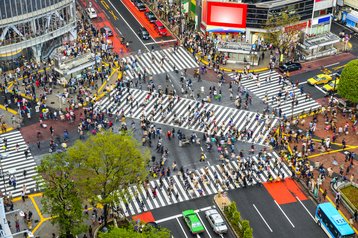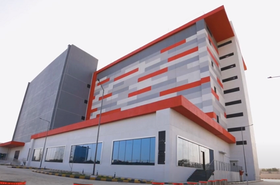The Japanese government is planning to build a number of new data centers across the county and a decentralization of landing bases for submarine cables to diversify landing points.
Datacenter Forum and local press report that the government is looking build new facilities and diversify where cables land to both reduce the disparity between urban and rural areas as well as provide greater resilience against natural disasters or potential sabotage.
Submarine cables are laid mainly on Japan’s eastern Pacific Ocean side with many concentrated in certain areas, such as Tokyo and Shima, and the government intends to disperse landing bases in other areas and ‘strengthen economic security’.
Prime Minister Fumio Kishida reportedly ordered the landing station distribution in mid-November last year, and included the establishment of a fund of about 50 billion yen ($440m) in the supplementary budget for 2021. The fund will support efforts to lay cables outside the Pacific Ocean side and to set up landing bases outside the Tokyo metropolitan area.
Most of Japan’s landing stations are currently concentrated in Kitaibaraki (Ibaraki Prefecture), Minamiboso (Chiba Prefecture), and Shima (Mie Prefecture). The "Digital Rural" project and the " Digital Garden" initiatives aim to build more than a dozen data centers in rural areas over the next five years as well as laying a fiber cable off Japan’s west coast.
“We will complete a “Digital Garden City Superhighway” surrounding Japan in roughly three years, using underwater cables. By bringing together large-scale data centers established in each local area, optical fiber, and 5G, we will make it possible to use high-speed, large-capacity digital services anywhere in Japan, coast to coast,” Prime Minister Fumio Kishida said last month. He later added: “We will, over approximately the next five years, set up more than a dozen regional data center hubs.”
Some local press suggest the Superhighway may be connected to the cable announced by NTT Communications, KDDI, SoftBank Corp, and Rakuten Mobile in October 2021 that would connect Hokkaido and Akita Prefecture with a planned capacity of more than 160Tbs.
The 2021 supplementary budget also included 617 billion yen ($5.4 billion) for promoting semiconductor manufacturing inside Japan.







